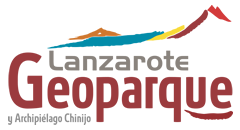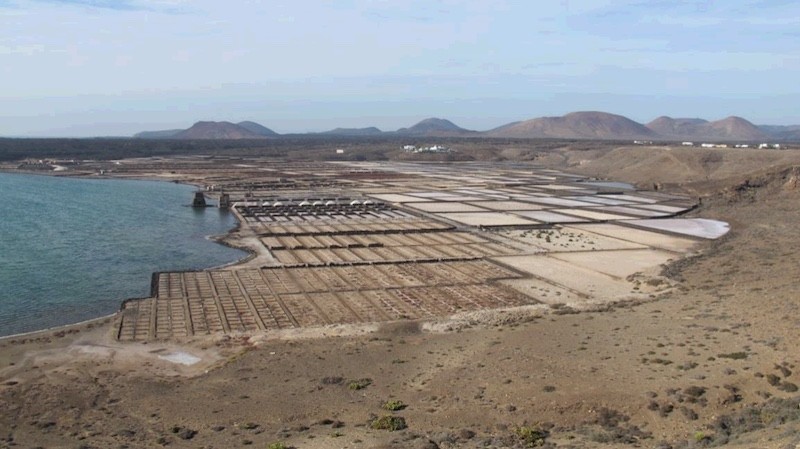Project Description
This geosite is located in the old port of Real de Janubio, which is currently a coastal lagoon that is closed off with a rope fence which originated from the longshore drift of products arising from the dismantling of lava flows from the eruptions of 1730-1736. In this geosite, we can also observe marine rasas of Tortonian and Pliocene. With respect to this geosite there are also the Salinas de Janubio, that since they began in 1895, have always been linked to the fishing and salting and canned fish industry. They are the greatest reference and emblem of salt culture in the Canary Islands. They are the largest salt lakes of the islands and enjoy an enormous landscape value, considered as one of the most important salt mills in the world. Production and later commercialisation of salt has always been made with artisanal methods not allowing, unlike other industries, mechanisation.
Laguna de Janubio is of major geomorphological interest and also secondary volcanological, stratigraphic and petrological type interest. It is representative of the Canarian artisanal salt. The geosite has great geological diversity. It is noted for its beauty and is connected to cultural elements of the island. This geosite is ZEPA (Spanish acronym, special protection area) and also a Natural Reserve of National Interest.

